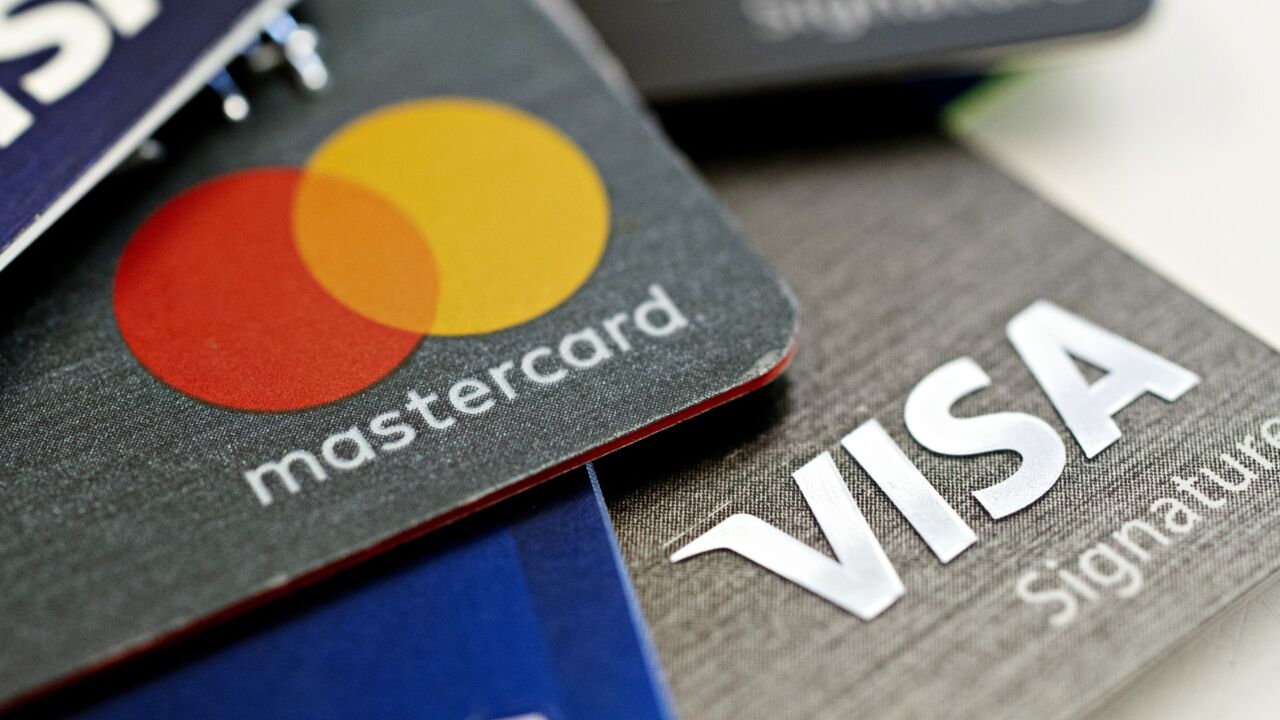Consumers avoiding stores because of COVID-19 have driven triple-digit sales growth of Blackhawk’s digital gift cards sold through retailers’ websites, with the final weeks of the year expected to push digital cards to a tipping point.
Though physical gift cards marketed in stores currently account for about 70% of all gift cards sold by
“Digital gift cards may reach or exceed 40% of all gift cards we sell this year, which is a dramatic increase,” said Brett Narlinger, head of global commerce for Pleasanton, Calif.-based Blackhawk.
The transition comes three years after Blackhawk — which got its start as a marketer of physical gift cards in 2001 as a division of Safeway —

“COVID-19 essentially has accelerated our CashStar migration by two or three years,” said Narlinger, who joined Blackhawk a year ago after serving as chief revenue officer at Green Dot Corp., a major player in general-purpose reloadable cards.
Previously Narlinger worked at Mercury Payments Systems and prior to that he spent nearly 20 years in executive roles at First Data Corp. (now part of Fiserv), where he focused on payments and gift card technology.
Narlinger's mission now is to drive sales across the organization, which includes more than two dozen companies Blackhawk purchased in recent years. The goal is to create a global, omnichannel platform connecting physical, online and mobile gift card distribution in 29 countries Blackhawk serves.
"People are still going to buy physical gift cards, but our innovations are focused on digital cards because there's so much more we can do with them," Narlinger said.
One example is a program that would push Blackhawk's role closer to direct e-commerce, where its gift cards could be redeemed for specific items, making them more personal.
"We're looking at developing ways people can use our platform to send a specific gift that can be sent or redeemed digitally, like a book or some other service," Narlinger said.
A growing number of unbanked and underbanked consumers also are using Blackhawk's platform to manage online shopping, he said.
“About 30% of U.S. consumers still operate primarily in cash, and we’re seeing more of these people using our cards for everyday commerce to manage [their] spending and transfer cash online. They will buy a physical gift card for themselves at the store and load it into the merchant's digital wallet to transact online,” Narlinger said.
So far Narlinger has not seen any direct threat to Blackhawk’s core business from the growing popularity of bank-based P2P services like Venmo and Zelle, though U.S. Bank recently introduced a gifting element by
“If anything, we feel like gift cards look more secure than P2P in today’s environment,” Narlinger said.
Though fraud has spiked this year in e-commerce channels, and gift cards have been a fraud vector in the past, Blackhawk hasn’t seen a huge surge in gift card fraud, he said.
“We see fraud attempts, but CashStar made massive investments in fraud controls and for a near-cash transaction, our gift card sales have an 80% to 90% approval rate,” Narlinger said, noting that the majority of physical and digital gift cards are paid for with credit and debit cards.
Narlinger said banks that offer Blackhawk’s retailer-branded gift cards for consumers redeeming bank card rewards are delivering more of those through electronic channels this year, too, though the majority are still mailed to recipients.
When consumers purchase a Blackhawk gift card through a retailer's website, typically they can upload the card to a mobile wallet, redeem it online, spend it in a retailer’s app or print it out for a cashier to scan contactlessly.
This year, Blackhawk introduced a line of digital gift cards sold through its GiftCards.com website and at stores. Recipients receive these cards via email to redeem online at Macy’s, Lowe’s, Ulta Beauty, Barnes & Noble, Wayfair, Grubhub or Lululemon.
“The growth of digital gift cards helps us expand faster and push even more flexibility and customization,” Narlinger said.





